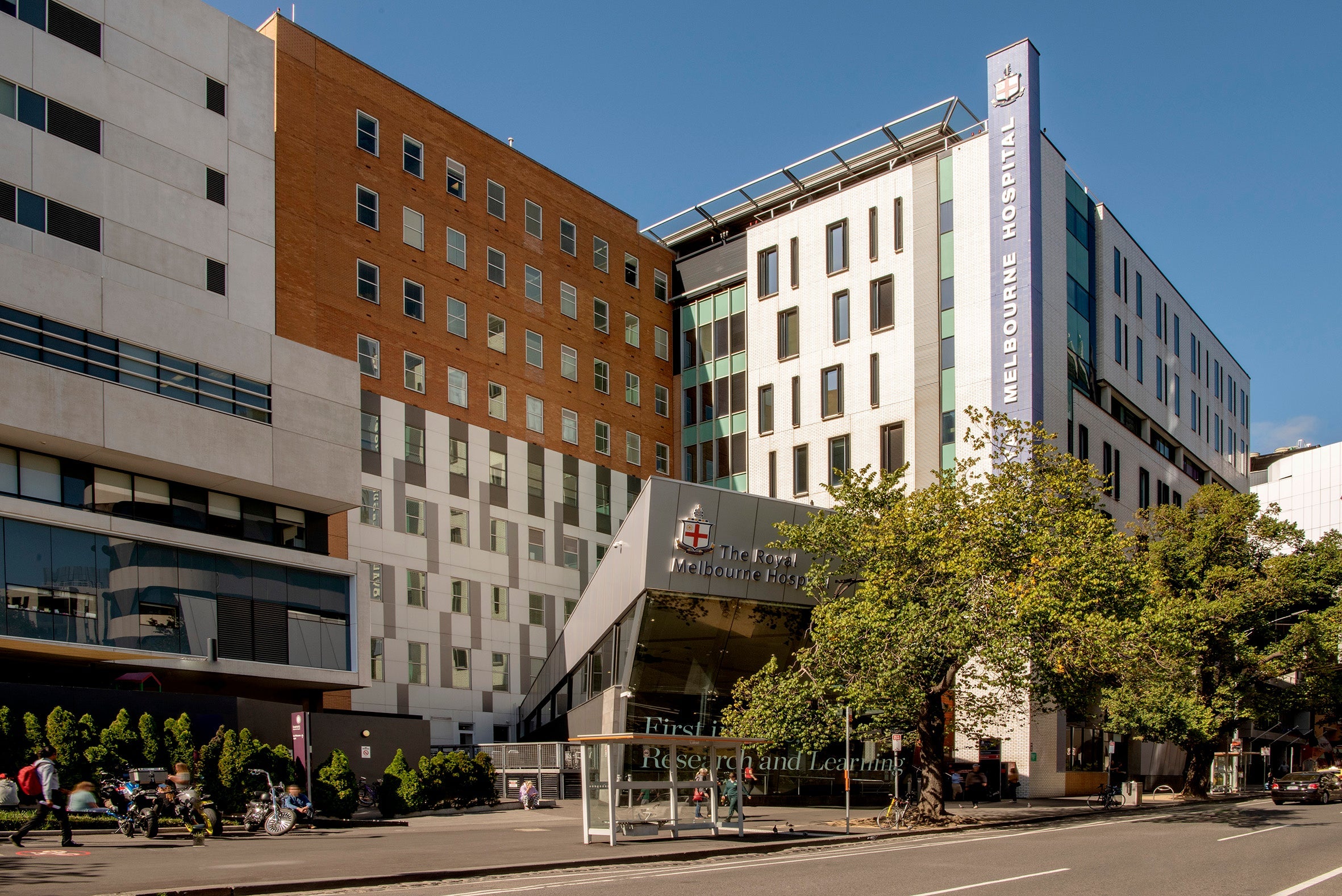This trend is raising concern among health experts, insurers and policymakers. The Medicare levy surcharge, designed to encourage private cover and reduce pressure on public hospitals, appears to be losing its effectiveness.
Individuals earning over $97,000 and families earning over $194,000 are required to either maintain private hospital insurance or pay a Medicare levy surcharge between 1% and 1.5% of their income. However, with health insurance premiums rising sharply, more people now see paying the levy, which averages about $1,500 per person each year, as a more cost-effective option than paying for expensive insurance.
Data from the Australian Tax Office confirms this shift. The number of high-income earners choosing to pay the levy increased by 25% in one year, now totalling more than 592,000. That is nearly 119,000 more people than the year before. Rising premiums, including hikes of up to 9.4% from major insurers following the government-approved average increase of 3.7%, are making private insurance less appealing.
This trend is concerning for those who depend on a strong private sector to ease pressure on Australia's underfunded public hospitals. Industry experts warn that the situation could worsen unless the Medicare levy surcharge is increased or restructured. Some have proposed doubling it to 2% for those earning above $116,000, which could raise an extra $1.2 billion over four years.
However, health economists warn that raising the surcharge might cause further problems. If more high-income Australians abandon private cover in response to increased costs or shrinking private hospital infrastructure, already overstretched public hospitals could face even longer waiting times. The recent collapse of Australia's second-largest private hospital operator has added to fears about the private sector's stability.
The government already collects $1 billion from the surcharge and plans to provide $7.6 billion in rebates this year to support private health incentives. The Albanese government now faces a difficult task in balancing policy goals and rising costs. With a widening gap between the price of coverage and the impact of current policies, upcoming discussions with the healthcare sector will be critical in shaping the future of Australia’s mixed public and private healthcare system.



